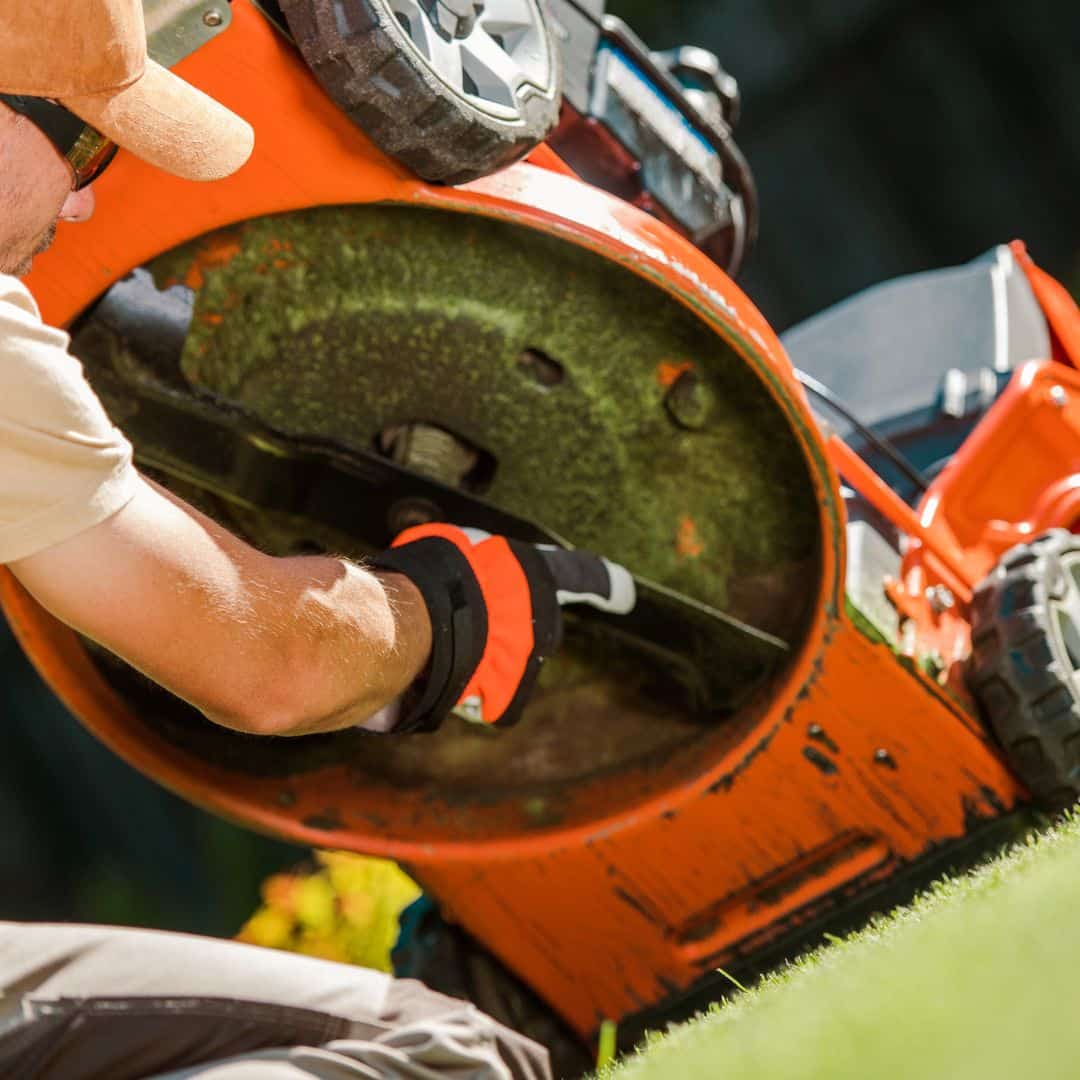Maintaining a pristine lawn takes more than just a regular mowing schedule—it requires the right equipment in peak condition. One of the most commonly overlooked culprits behind poor lawn health is a dull mower blade. Let’s break down the real effects of mowing with dull blades and why keeping them sharp should be a priority for homeowners and professional landscapers alike.
🔪 What Happens When Mower Blades Are Dull?
Dull mower blades tear grass rather than cleanly slicing it. This creates jagged, uneven edges on each blade of grass, leading to several serious consequences:
- Browning Tips: Torn grass blades lose more moisture and often turn brown at the tips, giving the lawn a dry, unhealthy appearance.
- Increased Disease Risk: Open, ragged wounds in the grass create easy entry points for fungi and bacteria.
- Uneven Cuts: Dull blades leave behind patches of missed or poorly cut grass, making the lawn look messy even after a fresh mow.
- Stress on the Lawn: Each cut requires more energy for the grass to heal, slowing growth and weakening the root system.
⏱️ Time and Fuel Wasted
Dull blades don’t just harm your lawn—they waste your time and resources. It often takes multiple passes to achieve a somewhat clean cut, burning more gas and adding extra wear to your mower. Over time, this increases fuel costs, machine repairs, and labor time.
💰 The Real Financial Impact
For professional landscapers, running dull blades can quietly destroy profits. Here’s how:
- More Labor per Job: Longer mowing time means fewer jobs completed in a day.
- Higher Equipment Costs: Dull blades force the engine to work harder, which accelerates wear and increases maintenance costs.
- Lower Client Satisfaction: Poor cut quality can lead to customer complaints or lost accounts.
📊 According to equipment cost analysis, maintenance (including blade sharpening) costs about $1.33 per cut for a riding mower and $0.83 per cut for a walk-behind mower. Skipping this small cost can lead to hundreds in lost revenue and additional wear.
🌱 How Often Should You Sharpen Your Mower Blades?
- Homeowners: Every 20–25 mowing hours, or at least once a month during peak season.
- Landscapers: Weekly, or even daily, depending on the volume and type of grass being cut.
Visual inspection helps too—if the blade is nicked or the cut quality drops, it’s time to sharpen or replace.
🔧 Tips for Keeping Your Blades Sharp
- Clean your mower deck regularly to avoid rust and buildup.
- Keep a backup blade set on hand to reduce downtime.
- Use a professional sharpening service or invest in a bench grinder.
- Schedule blade inspections as part of your weekly maintenance checklist.
✅ The Bottom Line
Sharp mower blades aren’t just a nice-to-have—they’re essential for a healthy lawn and a profitable business. Whether you’re managing your own backyard or operating a landscaping crew, keeping blades sharp ensures cleaner cuts, happier grass, and more efficient operations.

